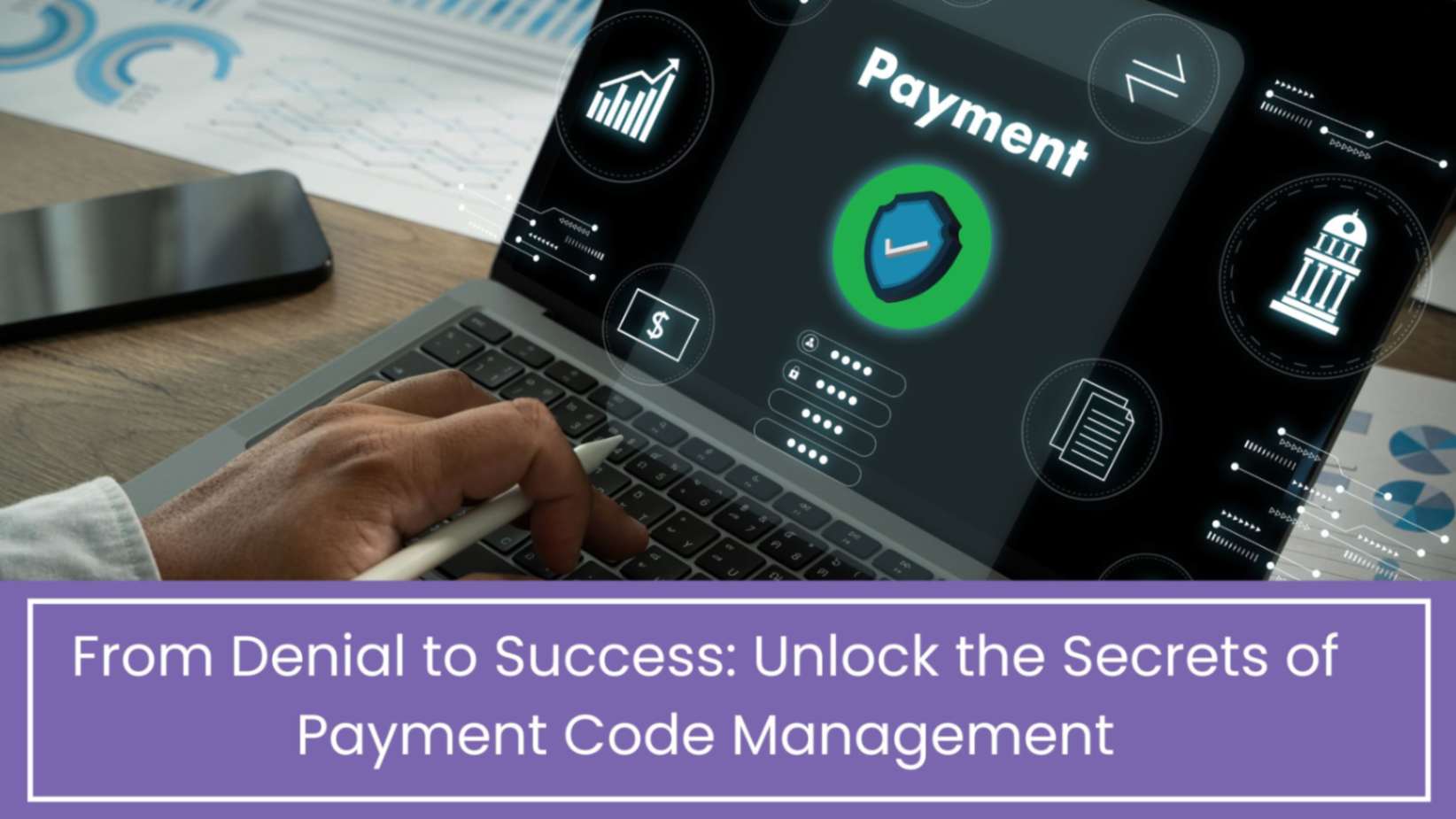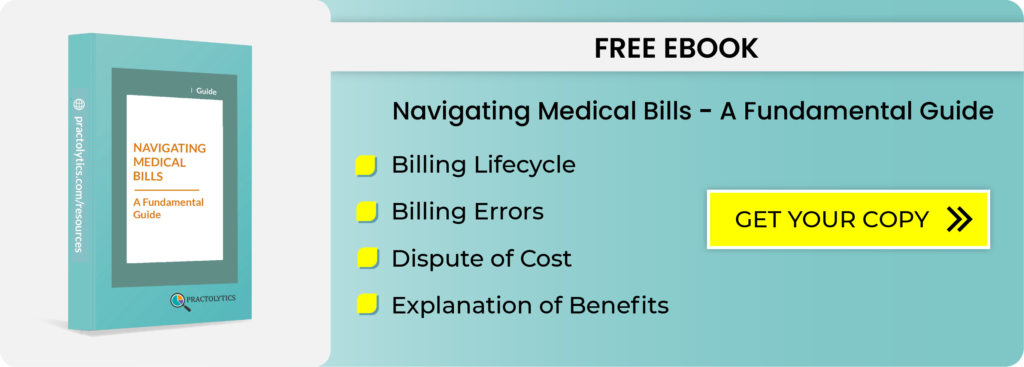How To Manage relentless Payment Denial Codes
Few things are more annoying in the healthcare industry. Being denied payment is a common problem. After putting in the effort, giving the care, and carefully filing the claim, you receive a mysterious code. This code reads, “We’re not paying.” It’s more than just a denial; it’s a financial barrier that causes time loss, missed income, and administrative problems.
It can seem like an intractable riddle,how to manage relentless payment denial codes. They accumulate. Each one depletes your resources slightly. The reality is that denials are a significant issue in the industry. Denials are more than just a regrettable aspect of the industry. They serve as a signal. A claim’s denial is explained. Your sales cycle can be improved. Annoyance can be a potent strategy. Be aware of the signs that affect your performance. Take proactive measures to manage them and improve your performance.
Building a system to prevent denials is more important than simply addressing them after they occur. Preventing denials in the first place is more effective than reacting to them. Let’s examine best practices for dealing with payment denials. Then, we can discuss how to address these denials effectively.
Step 1: Prevent Denials Before They Happen
Proactive denial management is more effective than reactive management. It is the most effective approach. Your first opportunity to stop future denial is when you first encounter a patient. This is your chance to address the issue before it becomes a problem.
- The foundation of a clean claim is to confirm the patient’s insurance. It is also to confirm the patient’s demographics. A patient’s incorrect name, incorrect date of birth, or outdated insurance ID can cause an instant denial. These errors can lead to an instant denial of service. Teach your front desk employees to carefully review and double-check all information at every visit. Don’t just focus on the initial information. For verification, please provide your insurance card. Also, please provide a photo ID.
- Master insurance eligibility and pre-authorization for services. Your team should confirm this before a patient sees a physician. This includes verifying pre-authorization requirements, copays, and deductibles. Pre-authorization is required for many procedures. These procedures often include surgery, physical therapy, and diagnostic imaging. One of the main reasons for denials is the lack of approval. Fixing the issue after the fact is expensive.
- Clinical documentation is crucial for strong claims. The strength of the evidence you provide directly impacts the strength of your claim. Your provider’s notes must clearly justify the services and procedures billed. Paperwork that lacks sufficient explanation for a service is the cause of the “Medical Necessity” denial code. This is because it fails to provide a clear justification for the need for the service. Ensure your professionals document patient visits thoroughly. This includes a clear narrative that links the diagnosis to the procedures performed.
- Get coding correct the first time. Accurate coding ensures reimbursement. Your billing staff or coders must know the most recent CPT and ICD-10 numbers. This knowledge is essential for accurate billing. Mismatched codes are a common cause of denials. These mismatches, such as billing for a procedure not matching the diagnosis code, are frequent. It is imperative that you engage in regular audits. Continuous training for your coding personnel is also crucial.
Step 2: The Art of the Denial-Specific Appeal
Certain denials are unavoidable. Despite the best precautions, The second stage is having a well-defined and efficient procedure for handling them. This procedure is essential for efficient workflow.
- Analyze the Denial Code for a Root Cause: Don’t just see a denial as a “no.” See it as a very specific “no, because…” The denial code on the Explanation of Benefits (EOB) or Remittance Advice (RA) is your key. For example:
- CO-16: Claim/Service lacks information which is needed for adjudication.This often points to missing details like a modifier.
- CO-4: “The procedure code is inconsistent with the patient’s diagnosis.” This means your coding doesn’t align with the medical necessity documented.
- CO-18: “Duplicate claim/service.” You likely submitted the same claim twice.
You know what facts to provide in an appeal. You comprehend the code.
- Sort and monitor denials. Group denials together to identify patterns. Keep track of denials by payer. Use your practice management system or a spreadsheet to track denial codes and providers. You may discover that certain operations are denied by specific insurance plans. You may also find that certain providers have higher denial rates for specific code types. You can use this data to find systemic problems. You can fix systemic problems rather than individual claims.
- Create a powerful appeal letter. Your letter should present a clear, professional case. It should include:
- A well-written, concise cover letter outlining the reasons the claim should be reimbursed.
- A copy of the refusal and the first claim.
- All supporting records, including pre-authorization numbers, lab findings, and physician remarks.
- A thorough justification that addresses the particular cause of the denial code.
Step 3: Implement Strategic, Long-Term Solutions
The ultimate objective is to develop a revenue cycle resistant to denials. The goal is to move beyond daily firefighting and create a more sustainable system.
- Invest in a committed partner or team member. A small team devoted to denial management or a dedicated billing specialist can be more effective for many practices. This individual has the potential to become an authority on coding changes. This individual also has the potential to become an authority on payer policy and appeals procedures. A solid practice management program can make a difference for smaller clinics. A reliable billing partner can also make a difference.
- The right clearinghouse and practice management software can automate many processes. This automation can save time and improve efficiency. Use automation to streamline your practice. Leverage technology to enhance efficiency. You can increase your clean claim rate. The load can be lessened. Tools can help with claim scrubbing. It also helps with real-time eligibility checks and automated denial tracking.
- The healthcare industry is always evolving. Make ongoing staff education a priority. Coding rules change. Payer policies are modified. Plan frequent training sessions for your administrative personnel. Plan frequent training sessions for your clinical personnel. This ensures everyone is in agreement. It also ensures everyone has the necessary skills to perform their duties effectively. This promotes a sound revenue cycle.
Conclusion:
Payment denials are a common occurrence in healthcare. However, they don’t have to significantly impact your life. You can change how your practice handles denials. Change your perspective from reaction to initiative. Prioritize prevention at the point of service. Develop a strong framework for evaluating and contesting claims as needed. You can take charge of your practice’s revenue cycle management. Be organized, dedicated to education, and use data denials to improve financial stability.
ALSO READ – Decoding CPT: Your Guide to Codes and Regulations 2024
Talk to Medical Billing Expert Today — Get a Free Demo Now!






